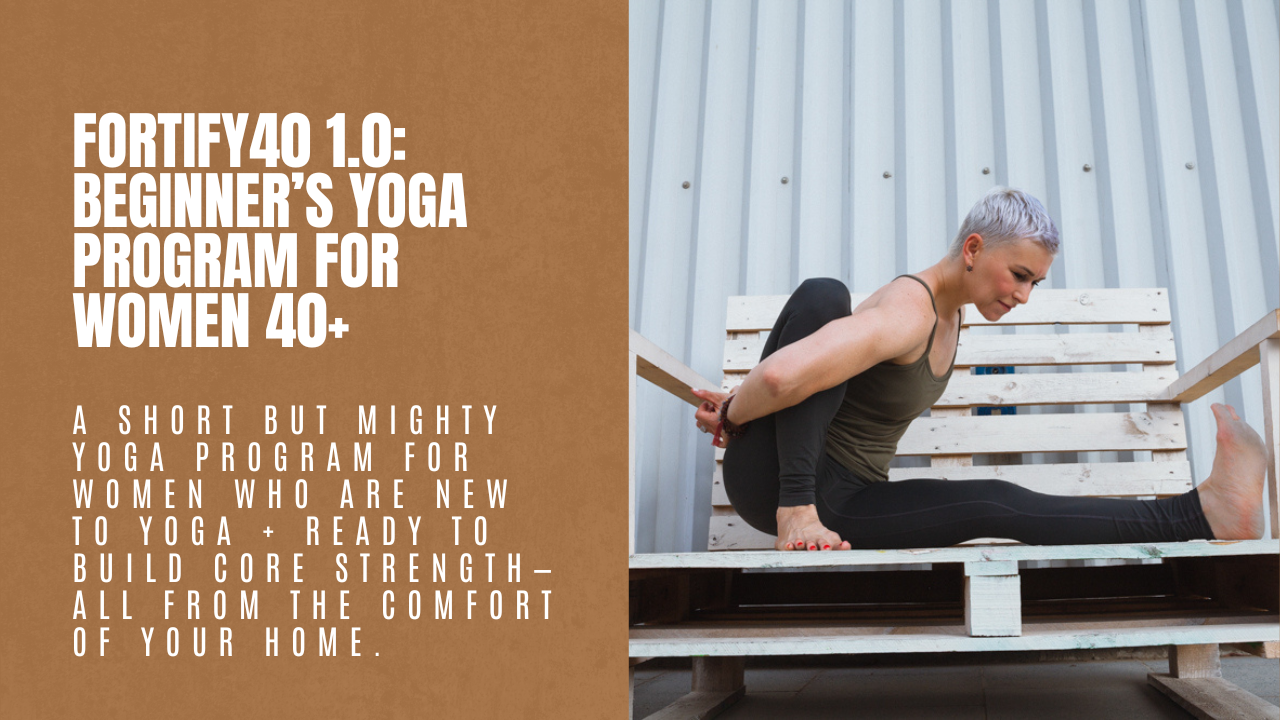Why I Don’t Believe in Hands-On Adjustments
I’ve been practicing and teaching yoga for years. And yet, what happened the other day reminded me, again, why we still need to talk about safety in the yoga room.
Because not all spaces are safe.
🤷♀️ Not when consent is skipped.
🤷♀️ Not when bodies are treated like they need fixing.
🤷♀️ Not when you leave feeling worse than when you arrived.
The Class That Crossed the Line
The other day, I went to yoga class I hadn’t tried before.
New style. New teacher. I was curious. Open.
But from the start, something was missing. Something I now notice immediately when it’s not there:
No check-in.
No opt-in.
No way to say, “Please don’t touch me.”
And even though I’ve said to myself over and over, “Speak up. Let them know,” – this time, I didn’t.
I assumed it would be offered. Or at least asked. It wasn’t.
Just a few minutes in, the teacher came over and, without a word, pressed her thumb firmly into the space beneath my solar plexus.
It wasn’t gentle.
It wasn’t supportive.
It hurt!!
I flinched. I said, “That’s too much.”
A few poses later, she did it again. Lower this time. More pressure. No words. No check-in.
Again, I said, “Too hard.”
But by then, I wasn’t in my body anymore.
I wasn’t practicing, I was defending. My nervous system was bracing. Waiting for the next time I’d have to protect myself.
…And Then Come the Questions
🤨 Did I do something wrong?
🤨 Was she trying to help me?
🤨 Did I somehow invite this?
The answer is no. But that’s what happens when touch is delivered without care, without skill, and without consent.
She didn’t ask. She didn’t know if I was in pain, on my cycle, navigating trauma, or simply not open to being touched that day.
And THAT’S the problem.
Why I Don’t Do Hands-On Assists
In WAY TOO MANY classes, consent is treated like a formality, if it’s mentioned at all.
But here’s the truth:
🤔 Consent is not permanent.
🤔 It’s not “you didn’t say no, so I took that as a yes.”
🤔 It’s not one-and-done.
CONSENT HAS TO BE, CLEAR, ONGOING AND CHANGEABLE.
Especially in yoga, where students are physically and emotionally vulnerable, you cannot assume it.
The Shift That’s Happening
Yoga Journal recently published a piece on why more teachers are stepping back from hands-on assists. Among the reasons:
The #MeToo movement exposed hidden dynamics in wellness spaces
More students are getting hurt, sometimes seriously
There’s a growing awareness of trauma-informed teaching
And then there’s this, from Adam Husler:
“Yes, I consented to assists. But not to being stepped on mid-backbend. Not to being forced into a pose I wasn’t ready for. I didn’t know that’s what I was agreeing to.”
Intent doesn’t undo harm.
Training doesn’t guarantee skill.
And a verbal “yes” at the beginning of class doesn’t mean that “yes” holds for the full 60 minutes.
Why We Need Better Tools Than Just Asking
I wish more studios used consent cards. Simple, visual, and non-verbal.
🟡 One side: Yes, I’m open to touch today.
🔴 The other: No, thank you.
Students place them at the top of their mat and flip them whenever they want, no explanation needed.
👍 Because your boundaries are allowed to shift.
👍 Because your body isn’t available just because it’s in a yoga space.
👍 Because you shouldn't have to disrupt your practice to reassert your autonomy.
This isn’t about being anti-touch. It’s about being pro-agency.
LOVING THIS POST?
I send more of the unfiltered yoga stuff straight to your inbox. Real talk on practice, unpacking outdated trends, and what actually moves the needle.
“But I Like Being Adjusted…” {So Do I, Sometimes}
Let’s be honest: many students do appreciate hands-on guidance.
When I asked my community, their answers were nuanced:
“It’s helpful, especially when I can’t see myself. But only when the teacher checks first.”
“With some teachers, I feel safe. With others, I feel manhandled, not supported.”
That’s the key. Touch is not neutral.
What feels helpful to one student can feel invasive to another. Especially for those with trauma histories, chronic pain, or invisible conditions.
The Problem With Even “Well-Meaning” Adjustments
Even with consent, things can still go wrong when:
😟 The adjustment is too forceful
😟 The teacher projects a rigid idea of “perfect alignment” onto someone else’s body
😟 The student doesn’t feel empowered to say no
😟 The teacher lacks trauma-awareness or somatic sensitivity
As Yoga Journal puts it:
“Adjustments shouldn’t be about pushing students deeper. They’re about creating stability, feedback, or resistance that supports the student’s own experience in the pose.”
So unless I’m 100% clear on:
What I’m adjusting,
Why I’m doing it,
And whether the student still wants that support in that moment…
…I don’t offer the touch. Period.
If You’re a Student Reading This
Let me say this clearly:
Your body is not public property because it’s in a yoga room.
Your comfort is not a burden.
You can say no. You don’t need a reason.
If your studio doesn’t offer a consent system, here are your options:
Ask the teacher privately
Place a note or object at the front of your mat
Speak up in the moment
Or simply say: “No thanks.”
You don’t owe an apology for protecting your own body.
If You’re a Teacher or Studio Owner
Here’s what I invite you to consider:
✨ Do you offer a non-verbal, visible consent system?
✨ Are your teachers trauma-informed and trained in safe touch?
✨ Do your adjustments prioritize feedback, not force?
✨ Can students change their minds mid-class, without having to explain?
If not, now’s a good time to change that.
Because consent isn’t complicated. But the consequences of skipping it can be.
Final Thoughts: Let’s Do Better
This isn’t about cancelling touch. It’s about raising the standard.
The yoga we teach should be just as intentional as the yoga we practice.
If this post resonates, if you’ve ever felt unsafe in a class, or if you’re a teacher who wants to do better, let’s keep the conversation going.
Let’s create a culture where everyone has the right to say yes, no, or not right now, and feel safe doing so.
Because it’s not about being anti-touch.
It’s about being pro-consent.
I Don’t Want to Do This Alone
Let’s be honest, starting something new is easier when you’re not doing it alone.
When you’ve got someone in your corner, guiding you, cheering you on, and answering your “am I doing this right?” questions.
THAT’S EXACTLY WHAT FORTIFY40 1.0 WAS BUILT FOR.
This 4-week program is about more than yoga.
It’s about having structure you can trust, strength that actually builds, and a supportive teacher {yep, me!} who’s there to help you troubleshoot, not judge.
You’re not another download number here. You’re supported like a real human.
If you want to feel stronger, clearer, and connected to a practice that actually works for your body…






